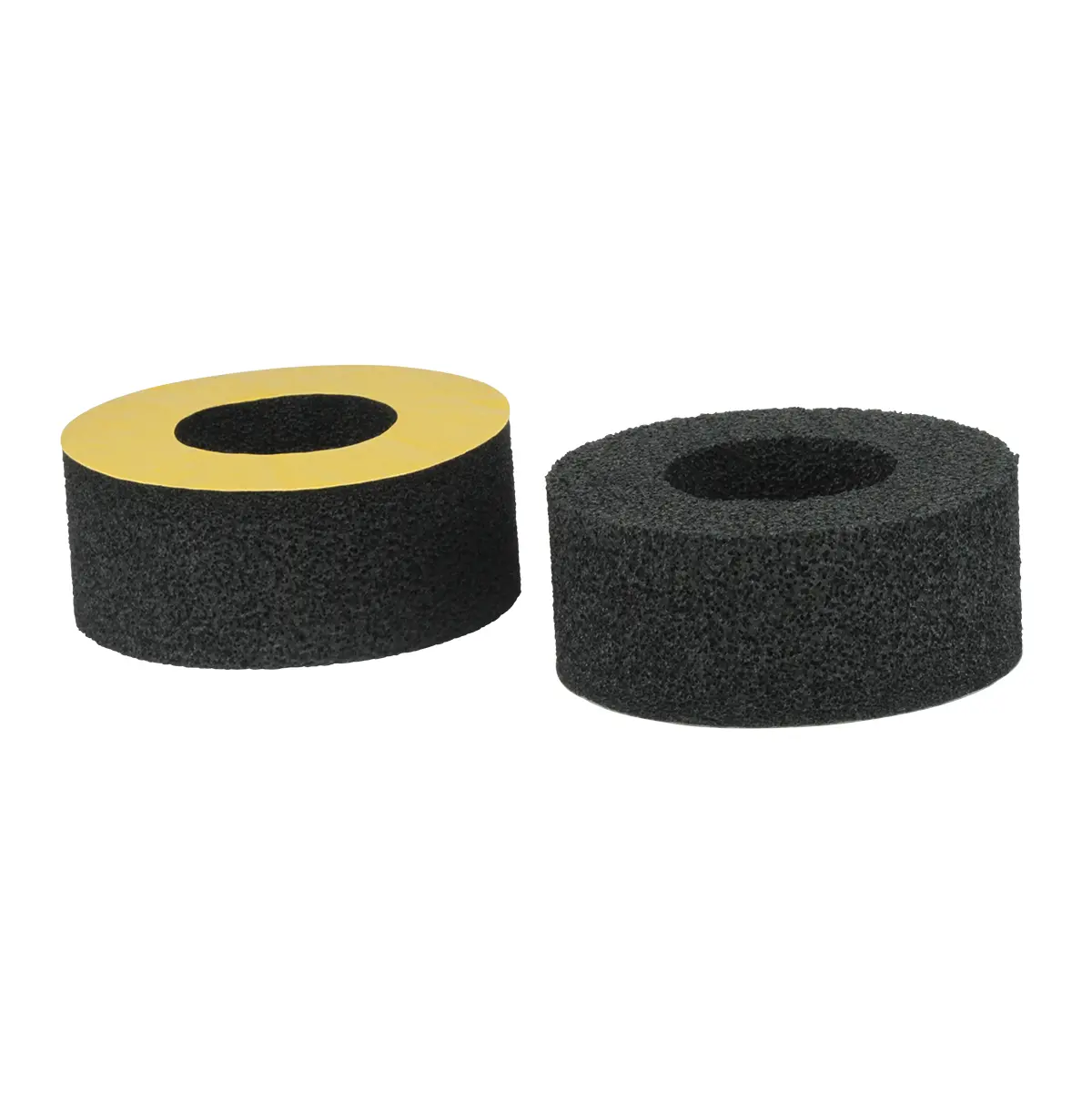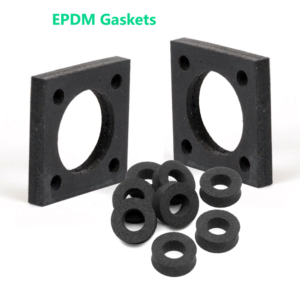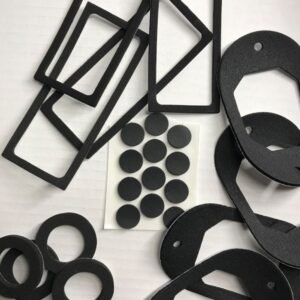EPDM foam (Ethylene Propylene Diene Monomer foam) is a versatile, synthetic rubber material known for its excellent durability, weather resistance, and thermal insulation properties. It is widely used in various industries due to its ability to withstand extreme temperatures, UV exposure, and harsh environmental conditions. EPDM foam is commonly used for sealing, insulation, cushioning, and vibration damping.
Key Features of EPDM Foam
- Material Properties:
- Weather Resistance: Resists UV rays, ozone, and extreme temperatures (-50°C to +150°C).
- Water Resistance: Impermeable to water, making it ideal for outdoor and wet environments.
- Chemical Resistance: Resists acids, alkalis, and other chemicals.
- Elasticity: Maintains flexibility and shape over time.
- Durability: Long-lasting and resistant to wear and tear.
- Forms and Shapes:
- Available in sheets, rolls, strips, and custom-cut shapes.
- Can be produced in open-cell or closed-cell structures:
- Open-Cell EPDM Foam: Soft and compressible, ideal for cushioning and sound absorption.
- Closed-Cell EPDM Foam: Dense and waterproof, suitable for sealing and insulation.
- Applications:
- Used in automotive, construction, HVAC, marine, and industrial sectors.
Benefits
- Excellent Insulation: Provides thermal and acoustic insulation.
- Weatherproof: Ideal for outdoor applications due to its resistance to UV and ozone.
- Flexible and Elastic: Maintains performance under compression and movement.
- Chemical Resistance: Suitable for harsh environments.
- Eco-Friendly: Can be recycled and is free of harmful substances like chlorine.
Applications
- Automotive Industry:
- Sealing for doors, windows, and trunks.
- Vibration damping and noise reduction.
- Gaskets and insulation for engine components.
- Construction Industry:
- Weather stripping for doors and windows.
- Thermal and acoustic insulation for buildings.
- Expansion joints and seals.
- HVAC Systems:
- Insulation for ductwork and pipes.
- Sealing for air conditioning and heating systems.
- Marine Industry:
- Sealing and insulation for boats and ships.
- Resistance to saltwater and moisture.
- Industrial Applications:
- Gaskets and seals for machinery.
- Vibration damping for equipment.
- Insulation for electrical enclosures.
How to Use EPDM Foam
- Measure and Cut:
- Measure the area where the foam will be applied.
- Cut the foam to the desired size and shape using a sharp knife or scissors.
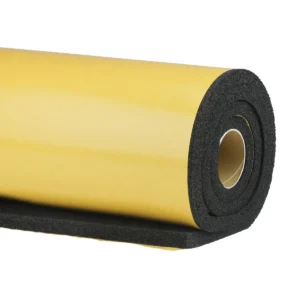
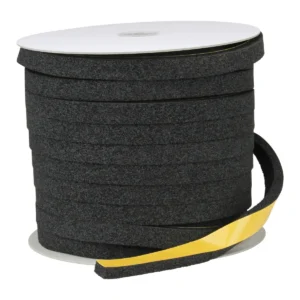
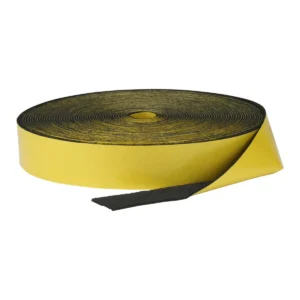
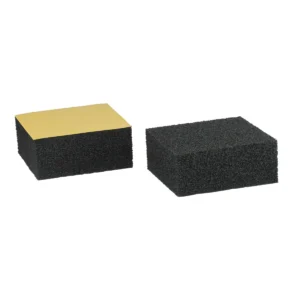
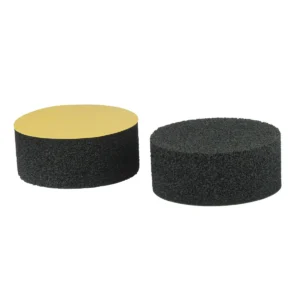
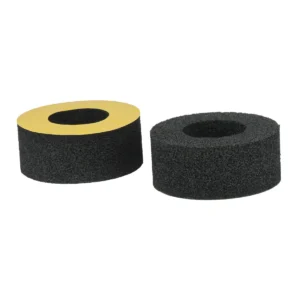
- Clean the Surface:
- Ensure the surface is clean, dry, and free of debris.
- Apply Adhesive (if needed):
- Use a compatible adhesive to secure the foam in place.
- Install the Foam:
- Press the foam firmly onto the surface, ensuring proper alignment.
Tips for Maintaining EPDM Foam
- Regularly inspect the foam for signs of wear or damage.
- Clean the foam with mild soap and water to remove dirt and debris.
- Avoid exposing the foam to harsh chemicals or solvents unless specified as compatible.
Why Choose EPDM Foam?
- It is a cost-effective solution for sealing, insulation, and cushioning.
- Its durability and resistance to extreme conditions make it suitable for a wide range of applications.
- It is environmentally friendly and safe for use in various industries.

